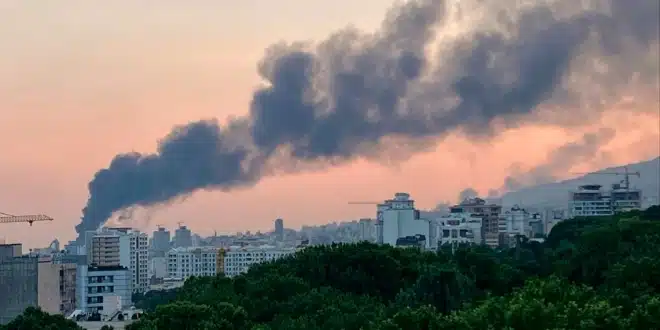The Middle East remains gripped by an intense conflict following the outbreak of full-scale hostilities between Israel and Iran on Friday, June 13. Now in its fifth day, the war has seen both nations exchange repeated waves of missile and drone strikes, with mounting casualties and infrastructure damage on both sides. The origins of the current confrontation trace back to Israel’s surprise offensive targeting senior Iranian officials and military sites. The attack was framed by Israeli leadership as a response to what it described as a critical threat posed by Iran’s nuclear development and ballistic missile arsenal.
In the days since, Iran has launched an aggressive counter-campaign, reportedly deploying around 370 ballistic missiles and hundreds of drones toward Israeli territory. The resulting strikes have led to significant civilian impact, with over 20 people killed and more than 500 injured across Israel. Despite the nation’s sophisticated missile defense systems, signs are emerging that those defenses are under extreme strain.
Depleting Interceptor Reserves and U.S. Strategic Dilemmas
Reports indicate that Israel’s supply of Arrow missile interceptors—a key element of its multi-layered air defense system—has dwindled significantly. A U.S. official cited by The Wall Street Journal stated that Israel is already facing shortages just five days into the conflict. The Arrow system, designed to intercept long-range ballistic threats, is particularly vital given the scale and frequency of Iran’s launches.
The situation is compounded by similar constraints in the United States, which has been supplying Israel with critical defense materials. American reserves of interceptors, some of which have already been shipped overseas, are also being drawn down rapidly. Analysts and officials now warn that the U.S. may risk exhausting its own stockpile if the war continues at its current pace.
A separate assessment published by The Washington Post suggests that Israel’s current rate of interceptor use is unsustainable beyond 10 to 12 days. After this period, the report adds, Israeli forces may be forced to rely on the United States for direct military intervention. U.S. defense planners are reportedly preparing for various contingencies, though no official policy shift has been confirmed.
Overstretched Defenses and Strategic Targeting Choices
Israeli air defense networks are designed to prioritize incoming projectiles based on threat level and location. Due to the volume of incoming missiles, Israeli commanders have begun allowing certain projectiles to go unchallenged when they are projected to land in uninhabited areas. However, this strategy becomes riskier when large-scale salvos include missiles aimed at civilian population centers.
Iran’s recent tactics have reportedly focused on targeting urban areas, increasing the likelihood of casualties when missiles evade interception. Although Israel’s defense infrastructure includes multiple layers—Iron Dome, David’s Sling, and Arrow—no system is infallible under sustained pressure.
Internal sources within the Israeli government have acknowledged that defense officials are having to make difficult decisions on which threats to prioritize. With interceptor inventories thinning and the barrage showing no sign of abating, the strategic calculus is evolving daily.


